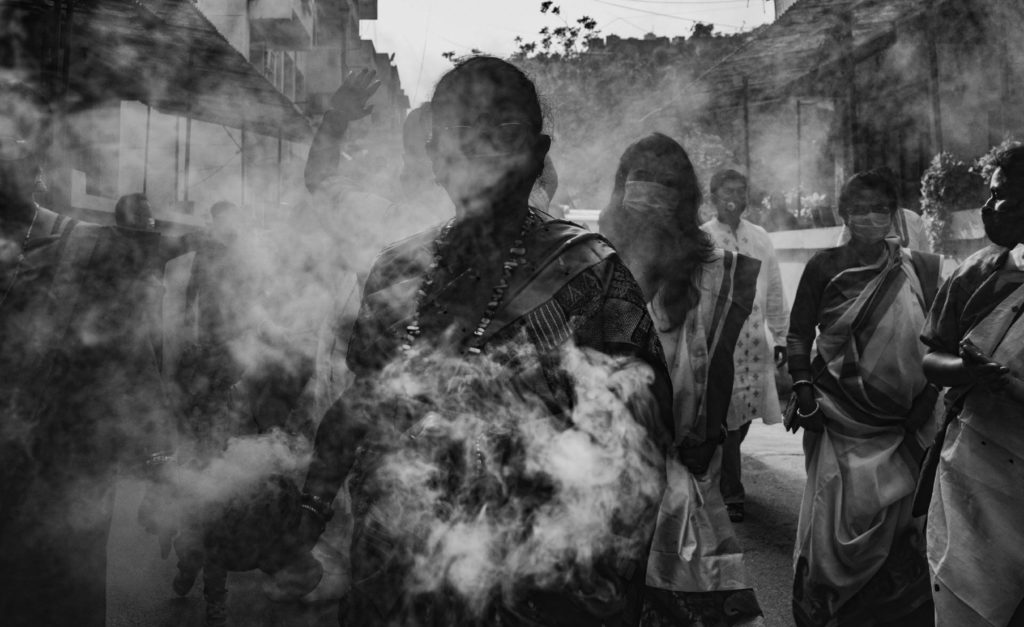India’s COVID-19 cases have reached a devastating global high, currently exhibiting the largest number of daily increases. Here’s how they got to this terrifying milestone, what the plans of action are, and why it’s important for the world to care about it.
According to the BBC, India has seen more than 17 million infections and 200 000 deaths. eNCA reported that 350 000 cases were recorded on Tuesday, April 27, alone.
As so many deaths and infections remain unregistered, especially in rural areas, it is safe to assume that the actual numbers are far higher. A terrifying realisation.
How has the second wave spiralled so out of control?
- India is the second most populated country in the world, whose cities and rural areas are largely overcrowded, making for dense living environments. Sound familiar?
- Covid’s early stages caused a breakdown of India’s health care system, which has not fully recovered from the initial shock of the pandemic. Also rings a bell.
- India, like many other countries, experienced variant mutants that were transmitted from person to person at a more rapid speed. One such mutant, first detected in the country, is known as ‘b1617’, or the ‘double mutant’ and is said to be more contagious. South Africa too has its own COVID-19 variant.
What is the current state of affairs?
- Hospitals are at full capacity, turning many sick patients away. In Delhi, the BBC reported that streets outside of medical infrastructure have become crowded with people waiting to get inside.
- There is a dire shortage of oxygen, the worst out of all low, lower-middle and upper-middle income countries.
- Virologists predict that infection rates will rise for another 2-3 weeks.
- Less than 10% of the population have had the first dose of the vaccine, despite the Serum Institute of India situated in the country, which produces 60% of the world’s vaccines each year being located in the country.
Why is this important for the world?
- Beyond genuine concern for human lives, there are other reasons this deadly second wave impacts the whole world.
- India is a prime vaccine and pharmaceutical supplier for the world. If a point is reached where they cannot export, other countries will be badly affected too.
- As we know, viruses do not consider borders or territories. If a deadlier mutant virus is indeed alive in India, it will impact the whole world, especially if this variant moves faster and slicker. This is why certain countries like New Zealand have placed a travel ban on India. South Africa, who is grouped with India in terms of emerging countries, collectively known as BRICS (Brazil, Russia, India, China, and South Africa), has diplomatic ties to the country. They are also a huge supplier for us in terms of pharmaceuticals. This makes their problem ours.
- It is a warning for all other countries who believe they are at a point of relaxation. Just because one wave has been triumphed, it by no means premises that another is impossible.
What plans of action are in measure?
- Domestically, it seems as though India has had to revisit previous measures.
- The Indian government announced that military medical infrastructure is needed to be available for civilians.
- In terms of oxygen supply, an “oxygen express” initiative was started whereby trains would carry tanks of oxygen across the country.
- Train carriages have become hospital wards.
- Sporting stadiums have become makeshift hospitals.
- Additionally, beds are being made from cardboard so that they can be assembled quickly, due to the lack of beds available.
- Internationally, the US has agreed to export vaccine doses.
- The US, France, Germany, Canada and the EU have all pledged to send supplies urgently to India, according to eNCA.
Picture: Unsplash

